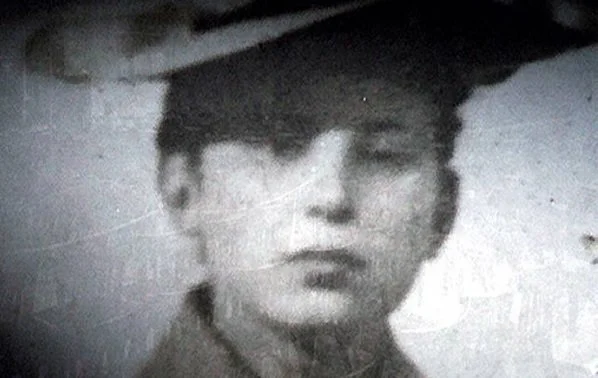Destruction as the Cause of Coming Into Being (1912)
Were there a doorway through which I had entered the garden labyrinth of psychoanalysis, the door would belong to Sabina Spielein. One of the first women to become a psychoanalyst, Sabina Spielrein wrote the brilliant early paper Destruction as the Cause of Coming into Being (1912), whose title says it all. I first encountered this paper four years ago, just before I would begin my education, and it has only grown inside me. She primed my curiosity, set my trajectory, and I have continually traveled under her star ever since. I am indebted to her.
The often misunderstood and notorious concept of the death-drive, confounder of psychoanalyst and philosopher alike, was originally proposed by Spielrein in the above paper. Freud cites her in footnote in Beyond the Pleasure Principle (1920): “a considerable portion of these speculations have been anticipated by Sabina Spielrein…in an instructive and interesting paper which, however, is unfortunately not entirely clear to me.” Were we uncharitable to Freud we might conclude that what is not entirely clear is feminine sexuality itself: that’s fine; I’m not very clear on this either. And yet Freud will hint at times that it is precisely feminine sexuality that the whole of our psyche revolves around. It is just such a world-bewildering thesis that Spielrein makes clear; as will Melanie Klein, Karen Horney, Helen Deutsche, Esther Bick, Julie Kristeva, Avgi Saketopoulou, and many others… Is this a clue?
At once Spielrein anticipates in her whirlwind paper a number of concepts that would come to orbit the sexual death-drive in the greater psychoanalytic field. Here we find in germ form: primal fantasy, oceanic feeling, the nondual unconscious, extimacy, the thing, the enigmatic message, overwhelm, generative traumatism and so on. She was 26.
The death-drive is prefigured here as a negativity inherent in sexuality. It is an ego-death that gives rise to life. This as opposed to Freud’s rather more gloomy post-war death-drive of 1920, in which the “aim of all life is death.” Spielrein’s death-drive is maternal; it is the first principle of an erotic ecology: the aim of all death is to give rise to life. This is what Kristeva will call in time maternal eroticism. The implication here is that the sexual as such, and even our capacity for love, has been given to us by our mother alone.
For Spielrein the mother is the “dark problem:”
The sea (the ‘Mother’) into which the subject advances is the dark problem, the condition in which there is no time, no place, no opposites (above and below). It is undifferentiated, potentially creative, and, hence, an eternal living entity. The image of the sea (Mother) is also simultaneously the image of the depths of the unconscious that exists outside time, the present, the past, and the future. In the unconscious, all places merge with one another (at the source) and the opposites have the same significance. In this Great Mother (the unconscious), each differentiated image will be dissolved, i.e., it will be transformed into an undifferentiated state.
* Note: Freud will hint at this supposition at the end of Analysis Terminable and Interminable (1937) where he wonders if the “repudiation of the feminine” is not some kind of psychological bedrock.

